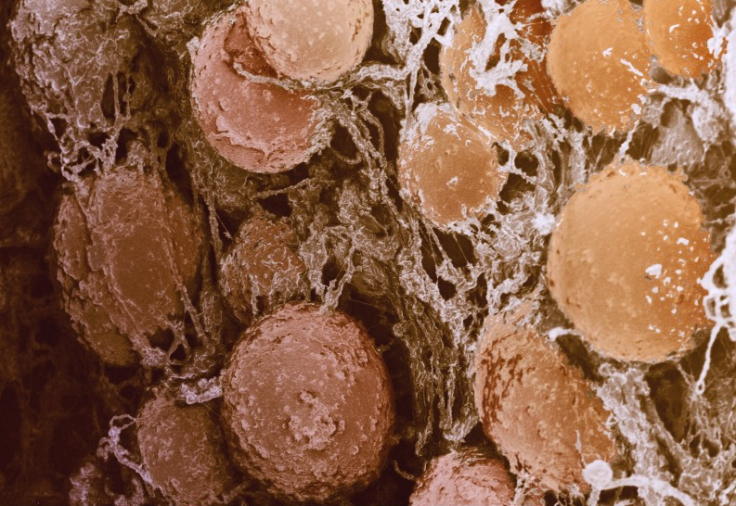Body fat that warms us in the cold morning is a potential protector against diabetes

Fat in our bodies that keeps us warm may also prevent diabetes, say researchers. Scientists from the Garvan Institute of Medical Research in Australia found that 'brown fat' regulates glucose on a circadian rhythm, and higher amounts of the fat reduces the risk of Type 2 diabetes.
The research, published in Cell Metabolism, could provide the foundations for a future diabetes therapy. Although this is only very early in the research process, scientists are optimistic about the results' value.
Brown adipose tissue – brown fat – protects the body from cold temperatures by consuming large amounts of glucose. When humans are cold, this fat is triggered into using as much glucose as possible, treating it as a fuel source for generating heat. It is believed this mechanism was an evolutionary response to the freezing temperatures early humans had to endure when hunting at early hours of the morning.
Analysing brown fat
The researchers wanted to investigate whether brown fat could regulate glucose even when the body is not cold. They used brown fat tissue samples from surgical patients, and discovered the genes which code for glucose consumption work rhythmically.

Their activity was not constant, so different amounts of glucose were being used at different points of the day. Most notably, the brown fat cells used more glucose in the morning, before waking up.
They took their study one step further, and analysed this effect in 15 healthy volunteers. They noted that individuals with more brown fat cells had a more consistent amount of glucose in their body over 12 hours.
Likewise, those with less brown fat showed a much higher variability in glucose levels. It is this fluctuation in glucose which is a precursor to diabetes.
"Marked day-to-day glucose variations have been proposed to be a precursor of diabetes," said Paul Lee, lead author of the investigation. "For modern humans who do not rely on it for cold protection, the energy-consuming brown fat rhythm may act as a glucose buffer, smoothing glucose fluctuations and lessening the stress on the pancreas."
These results do not imply a breakthrough for developing a diabetes cure, but they could provide scientists with a new direction for future treatments. "While interesting and promising, brown fat is not the solution to finding a cure for diabetes, at least not now," said Lee.
"[However], pinpointing what switches on this brown fat rhythm may identify new targets in drug design. This will open new avenues to harness this glucose-response brown fat rhythm for potential therapeutic purposes."
Treating diabetes
This is not the only step forward in diabetes treatment in recent times. In January 2016, scientists developed a way to shield pancreatic cells made by stem cells. This stops the immune system from successfully attacking them. Ultimately, researchers hope this treatment could prevent the need for insulin injections or immunosuppressant's.
© Copyright IBTimes 2025. All rights reserved.






















